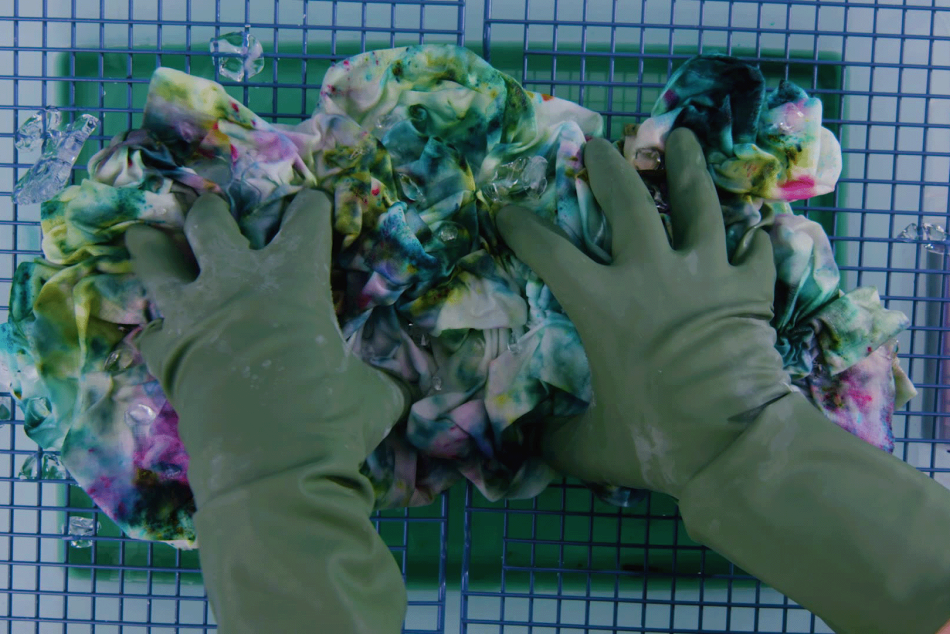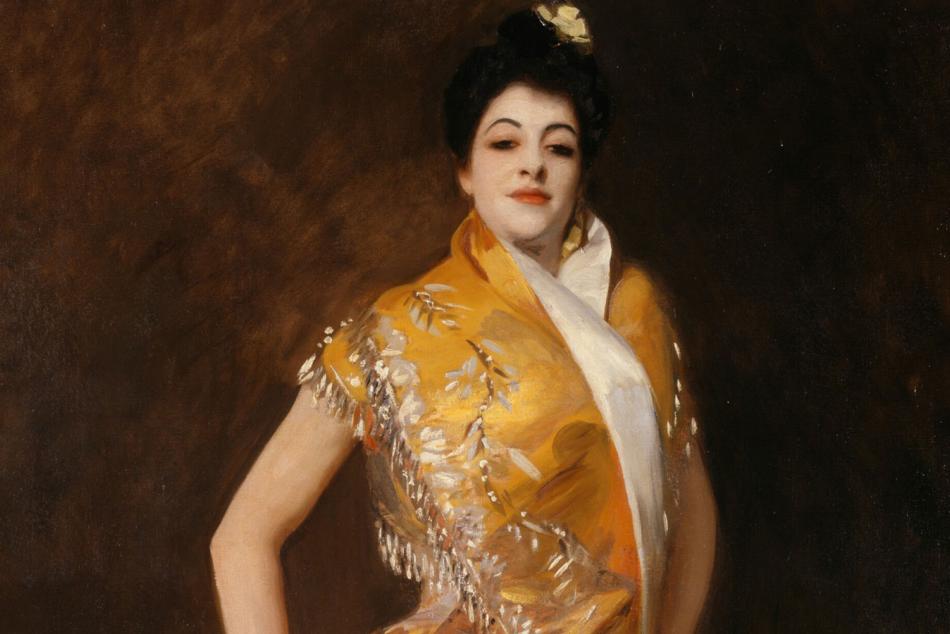
Fashion
Artworks provide an invaluable record of fashion throughout history. See how art reflects trends of the time. See how meticulously artists represent details in clothing and accessories, from the sheen of silk to reflections in a pearl.
Explore more

Video: D.I.Y. Art: Fabric Stamps Inspired by Henri Matisse
Watch and learn how to make fashion stamps on fabric inspired by Henri Matisse’s 1953 work Large Decoration with Masks.

Video: D.I.Y. Art: Tie Dye Inspired by Claude Monet
Take a moment to “chill” with Claude Monet and this step-by-step D.I.Y. guide to tie dyeing like a pro.

Article: A Fashionable Spin on Spring in Art
Social media influencer Holly Pan's fashion-forward visit to National Gallery spaces that remind her of spring.

Article: Dressing for Dinner in the Gilded Age
This 19th-century dinner dress captured in the Index of American Design gives us a glimpse of how the wealthy dressed for dinner.

Article: Entering the Lively World of John Singer Sargent’s Brushwork
Brush up on Sargent with Richard Ormond, great-nephew of the artist and cocurator of the exhibition Sargent in Spain.
You may also like

Decorative Arts
Decorative arts are windows into the culture and styles of their periods. More than just decoration, they tell stories about customs and values. The metalworkers, ceramicists, weavers, cabinetmakers, or glassblowers who created the works are often anonymous. But they left a mark on history through their technical skills and innovative styles.

British Painting
The evolution in British painting mirrors the changes to British style and society between the 18th and 21st centuries. Works in our collection range from Sir Joshua Reynolds’s life-size “Grand Manner” portraits of British aristocrats to John Constable’s realistic views of the English countryside.















